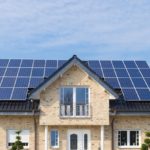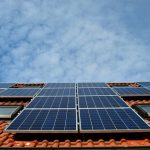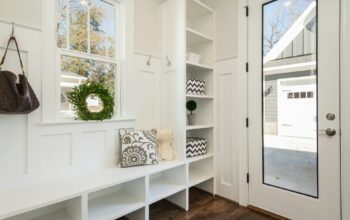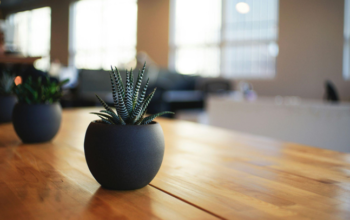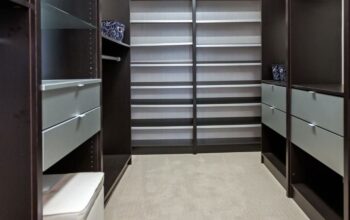Idaho Power is planning to build a subscription-based community-owned solar power farm in Blaine County. However, is subscription-based solar power really the way to go — or would you get better results by going solar on your own?
Solar Power Subscriptions
Idaho Power’s proposed solar power farm would need the support of both the state and Idaho Power subscribers to cover the cost of construction. Subscribers to the solar farm pay a one-time subscription fee in exchange for annual credit on their electric bill. The farm will belong to the community as long as the revenue generated by the solar farm surpasses the cost of construction. Solar panels typically have an expected lifespan of 25 years, after which the drop in power output can render them inefficient. Subscribers to the solar farm will probably never turn serious profits from the enterprise, but they could consider it as paying a premium to have clean energy.
Residential Solar Power
If you want solar power to cut your electricity bills, you can’t rely on the state or corporations to do the work. Residential solar panels have been available for a few years now, and advances in materials and technology have made them vastly more efficient and durable than in the previous decades. Prices have also gone down and you can install a 6 kW solar power system in your house for around $15,000-$20,000. Together with the 30 percent tax credit on solar installation as well as Idaho’s own tax credit system that caps at around $1,500, you can reduce the cost of your solar installation to $9,000-$12,500. A system like that can cover all of your energy use as well as provide electricity to the grid to compensate for your nighttime consumption.
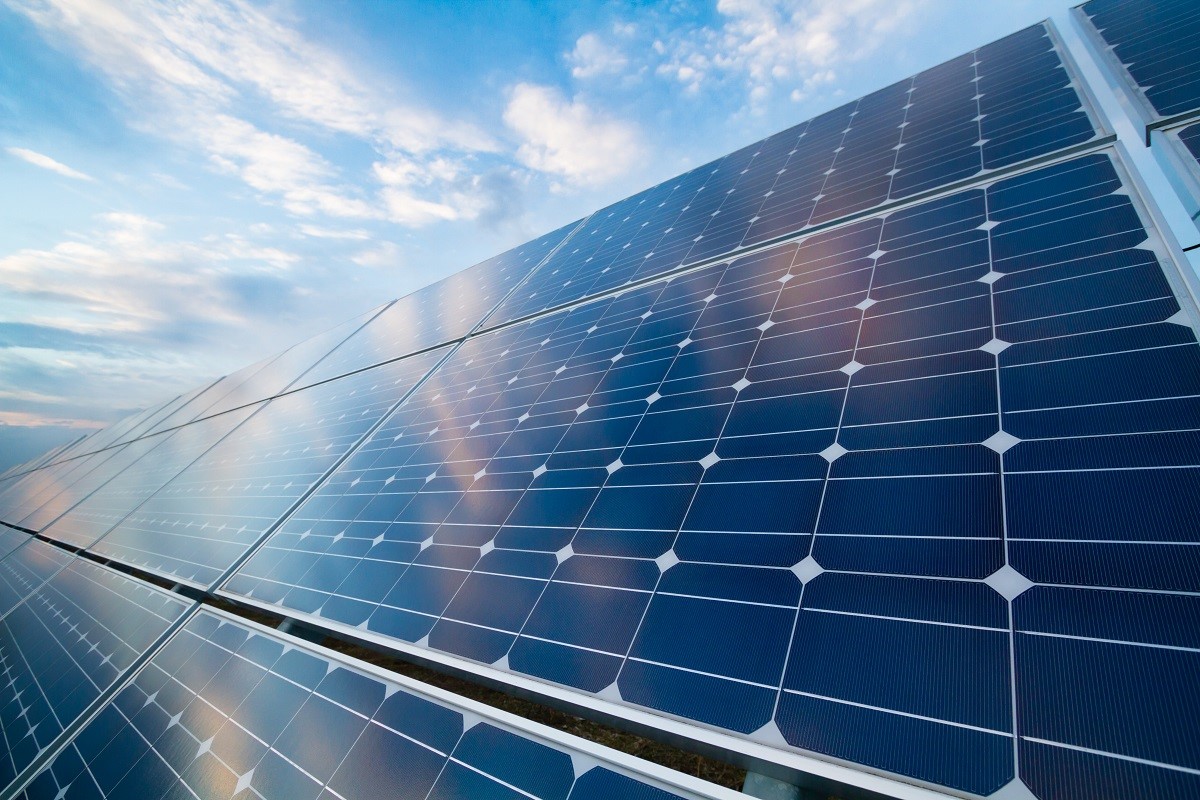
A Better Investment
$12,500 seems like a big investment, but with the state’s low-interest energy loan program, you can finance your panels with the savings you make on your electricity bills. You might need to pay $200-$250 a month to pay for your panels for the next five years, but that’s just about the cost of your electric bill. In just five years, you would have paid for your solar panels and you can enjoy free electricity for another 20 years. Of course, a 6kw solar power system might not be enough to cover all of your power consumption, especially if your household is particularly large. However, you can reduce your power consumption by insulating your house and switching to more energy efficient appliances. These two measures can reduce your energy consumption by up to 60 percent, allowing your solar panels to send more electricity to the grid and hopefully earn you a few dollars. While the initial investment can be steep, a fully-paid solar power system will cut $200 a month from your expenses (the average cost of your electric bill), providing you with almost $50,000 in savings over 20 years.
Solar power is a great investment, but not the ones offered by corporations. Get those solar panels installed and get free electricity.
Related Posts

Loves home. I am here to provide how to make your home a much better place. 🙂 Blogging about HomeDecor, Home Improvements and more.



